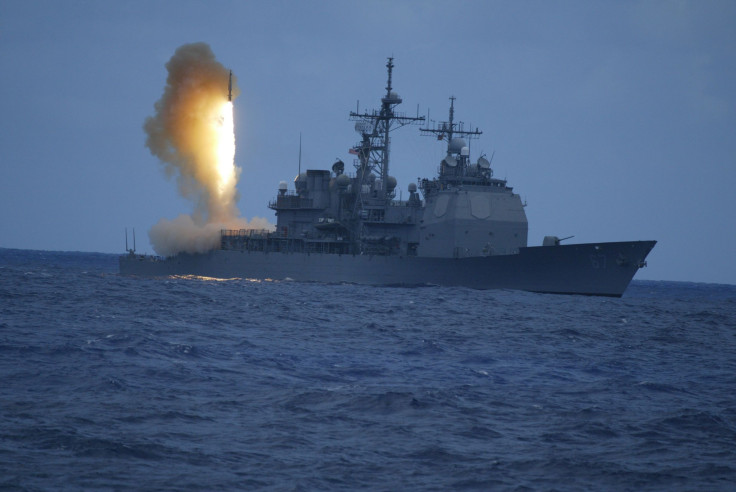South Korea Navy Failed To Detect North's Missiles: Lawmaker Highlights Flaw In Armor

South Korean naval vessels equipped with the Aegis defense system failed to detect missiles launched from North Korea (DPRK) over the past few months. This indicates a shortcoming in South Korea’s ballistic missile defenses and will draw attention to the August decision to end a 2016 bilateral military intelligence sharing agreement, known as the General Security of Military Information Agreement or GSOMIA, with Japan.
The Aegis ballistic missile defense system gives vessels the “capability for providing regional defense against short and medium-range ballistic missile attacks,” according to the U.S. Congressional Research Service. Currently, the U.S., South Korea and Japan all deploy Aegis-equipped destroyers in the Pacific region.
South Korea’s chief of naval operations, Admiral Sim Seung-seob, said the missiles were beyond the range of the Aegis radar and admitted that the Navy might have failed to update the vessels’ combat readiness systems.
One issue with the Aegis system is that the South Korean vessels are not able to communicate targeting data with Japan because the Japanese encryption system is different than the one used by the U.S. and South Korea. The missing “leg” in the ship-to-ship interoperability triangle between the three countries hinders South Korean capabilities to defend against North's missiles.
South Korea does have plans to build three more 7,600-ton destroyers equipped with U.S.-made Aegis combat systems and sophisticated ballistic missile interceptors that will bolster their defenses.
As with most military situations, politics plays a role that will influence any decision. In this case, there are a few political factors in play.
South Korea and Japan animosity date to World War II over the treatment of South Korean prisoners of war used as slave labor and many civilian women used as “comfort women”, basically sex slaves to Japanese soldiers. Japan claims that it has paid full compensation for its wartime behavior, but the Koreans often will ask for more.
While both countries benefit from increased defense capabilities against DPRK and perhaps one day against China, there is a reluctance, especially in South Korea to team up with Japan on any issue.
Another political consideration is how the trade war between China and the U.S. will affect North Korea and Japan, both U.S. allies. In addition, President Donald Trump seems to be currying favor with Kim Jong Un, the leader of North Korea. 2020 figures to be a tumultuous election year in the U.S. and that could have repercussions in Asia.
Fortunately, South Korea continues to respect GSOMIA scheduled to expire on Nov. 22. With that agreement still in place, South Korea recently shared with Japan its assessment of North Korea’s submarine-launched ballistic missile.
The leaders of both countries must certainly realize that intelligence sharing could help gain a better understanding of any threat from Pyongyang.
© Copyright IBTimes 2025. All rights reserved.





















